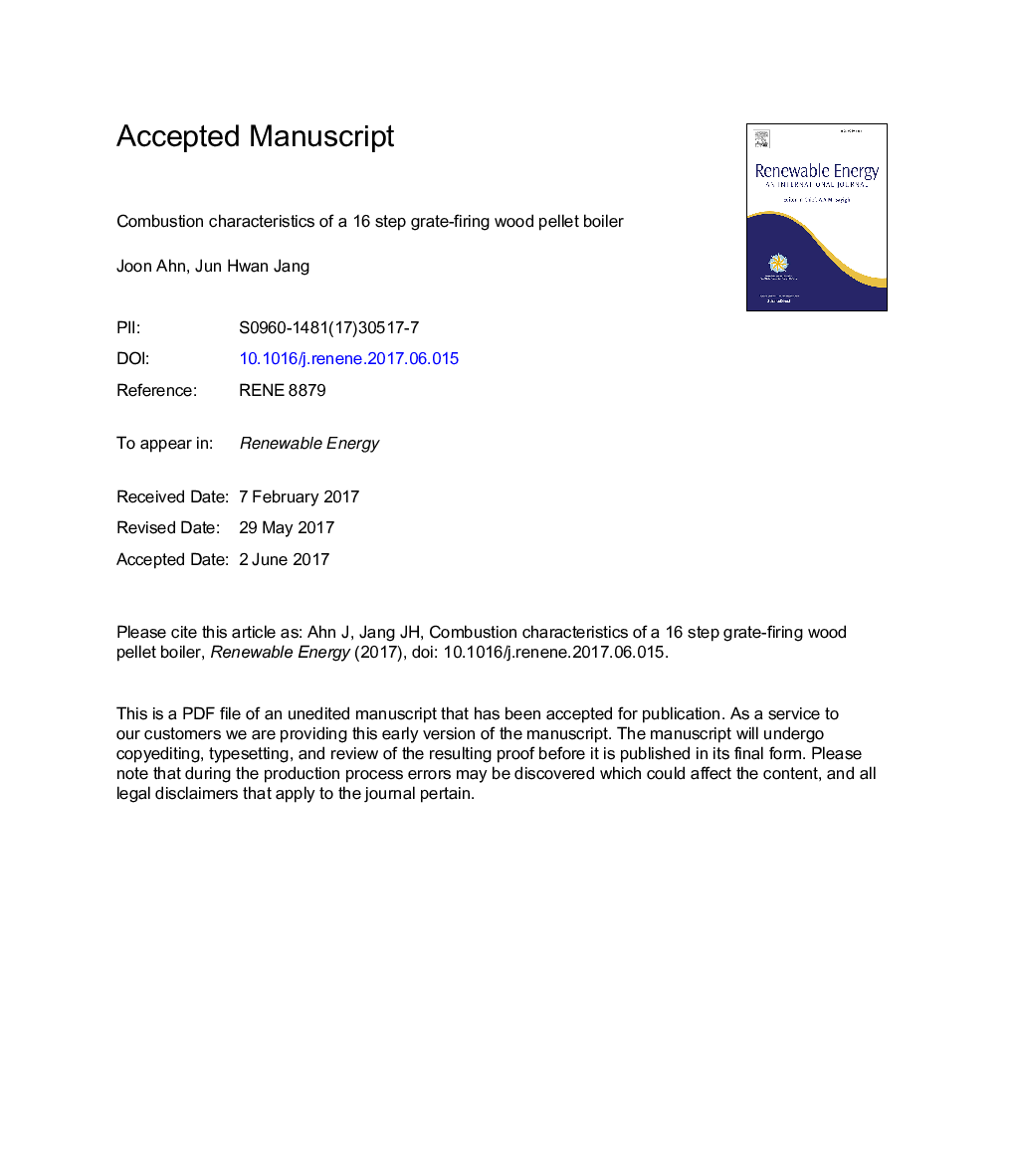| Article ID | Journal | Published Year | Pages | File Type |
|---|---|---|---|---|
| 6763877 | Renewable Energy | 2018 | 37 Pages |
Abstract
A prototype of a 230Â kW-class wood pellet boiler employing a four-step grate, was manufactured and tested. The flame extended from the grate to the exit of the combustion chamber, and the combustion efficiency was found to be unsatisfactory. In order to resolve this problem, the number of fire grates was increased to 16, and the combustion chamber was remodeled for performance evaluation. The flame was held on the grate, and as expected, the combustion efficiency improved. However, the last four fire grates were not used even under an operation load condition of 120% of the design capacity, and the size of the combustion chamber increased. To find improvements to this, computational fluid dynamics analysis using a homogeneous model was performed. The simulation results showed that the increase in the aspect ratio of the combustion chamber contributed to complete combustion. However, a recirculation region, not contributing to combustion, was observed at the lower end of the grate. Based on the results of experiments and numerical analysis, a novel furnace design with a lower slope and a smaller number of grates was proposed to reduce the volume of the combustion chamber while still achieving complete combustion.
Related Topics
Physical Sciences and Engineering
Energy
Renewable Energy, Sustainability and the Environment
Authors
Joon Ahn, Jun Hwan Jang,
